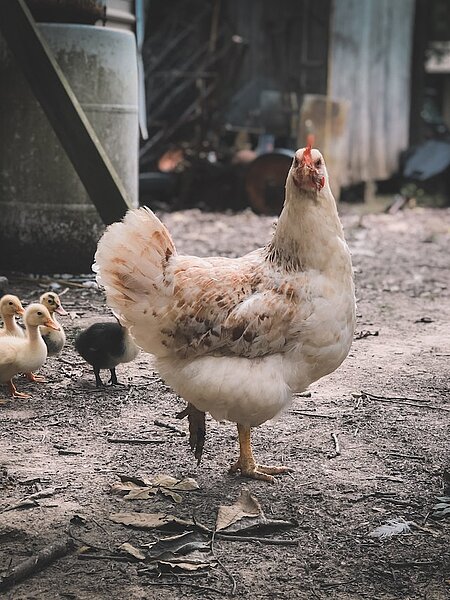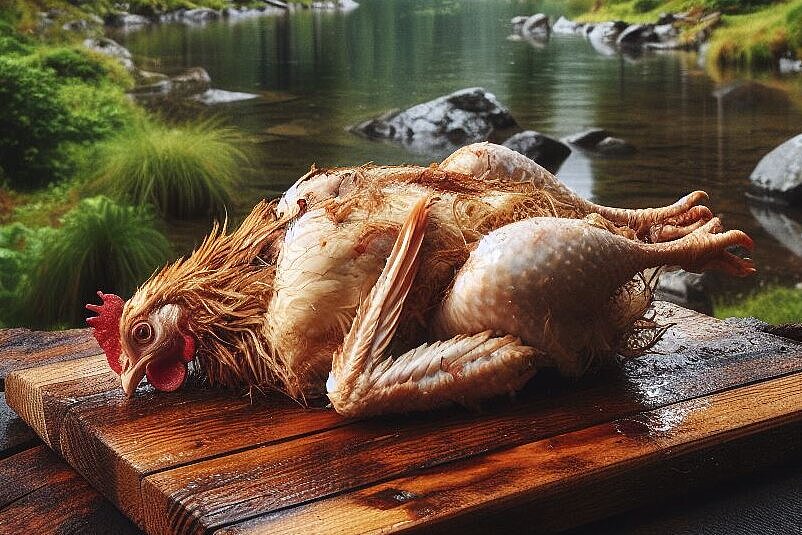Carcass

What is carcass?
Carcass is the technical term for the eviscerated body of an animal that still contains skin, fur, feathers, bones and cartilage. Carcasses are often seen as by-products of the meat industry that would otherwise be disposed of. However, they can be a valuable source of nutrition for dogs, providing many nutrients.
What are the benefits of carcass for dogs?
Carcass has several benefits for dogs that are fed raw. Firstly, it contains a lot of protein, which is important for muscle building and regeneration. Secondly, it also provides calcium and phosphorus, which ensure strong bones and teeth. Carcass can also aid digestion, as it contains fiber and enzymes that support the intestinal flora. Last but not least, carcass can also care for your dog's teeth, as it encourages them to chew and prevents tartar.
What are the disadvantages of carcass for dogs?
Carcass also has some disadvantages for dogs that you should be aware of. For one thing, it can contain bacteria that can lead to diarrhea or vomiting. You should therefore always ensure good hygiene and wash the carcass thoroughly before feeding it. Secondly, it can also cause injuries if your dog chokes on sharp bones or feathers or cuts its mouth. Therefore, you should always make sure that your dog eats the carcass slowly and carefully and that you always provide him with fresh water. In addition, you should always adjust the size and condition of the carcass to your dog and not give pieces that are too large or too small.
Carcass is a natural and nutritious ingredient for dogs that are fed raw. It has many benefits for your dog's health and well-being, but also some disadvantages that you should be aware of. When choosing carcass, always make sure it is of good quality, hygienic and safe, and monitor your dog to see how they tolerate it.
If you notice any signs of hypersensitivity or poisoning in your dog, you should see your vet immediately. We are not a substitute for a vet, but we try to be as accurate as possible. Every dog reacts differently and we recommend you get a second opinion or consult your vet if in doubt.
Stay healthy and take good care of your four-legged friend!😊
Similar to Carcass
Duck carcass is the carcass of a duck from which the breasts and thighs have been removed. It consists of bones, cartilage, meat, skin and fat. Duck carcass is a natural source of calcium, which is...
Goose carcass is a by-product of goose farming and consists of the bones, skin, wings and neck of the goose. It has a high bone content, which gives the sauce a good taste. Goose carcass can be...
Chicken carcass is what remains of the chicken after it has been gutted and cut up. It consists of bones, cartilage, skin and meat scraps. Chicken carcass is a popular BARF product as it is a...
Turkey carcasses are the bones and meat that remain after a turkey has been gutted and carved. They usually still contain some skin, fat, cartilage and tendons. Turkey carcasses are often considered...



